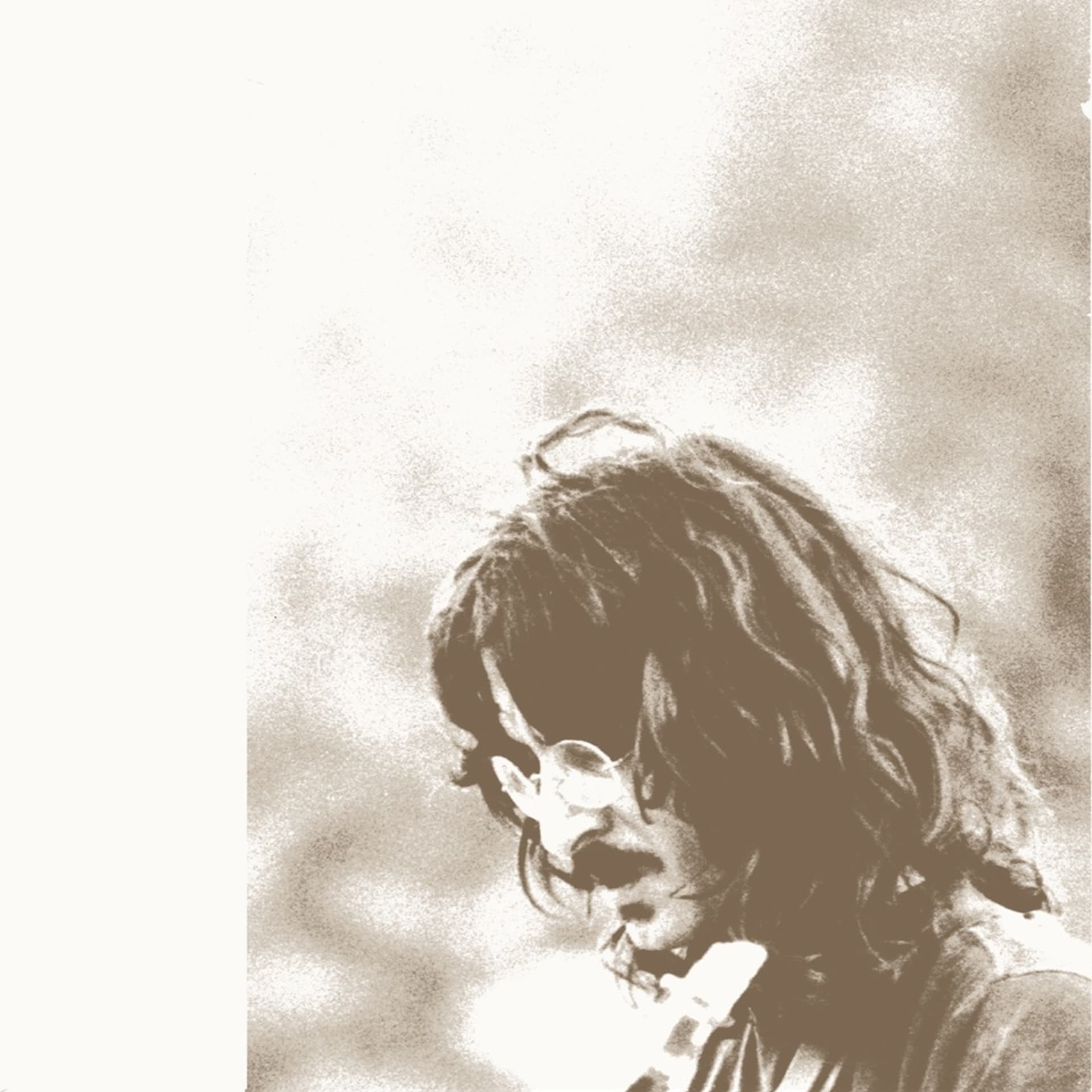
Michael Sugarman recommends Music is Painting in the Air
Let’s take a moment to admire the ten minutes of cock rock on RVNG Intl.’s latest dispatch, Music is Painting in the Air. The anthology kicks off with ‘Barnhause Effect’ for a reason, and that’s not because the space-glam is representative of the Sensations’ Fix that you’ll come to know during the next hour and a half. Rather, these minutes are the few that will inspire you to whoop and shotgun the nearest beer. When slide guitar is crossed with oscillator drift, it sounds like Duane Allman’s ghost and Ash Ra Temple united as intergalactic, rock ‘n’ roll missionaries. Integral to this equation is the motorik boogie that puts Confederates and Krauts alike to shame, as heard in not only ‘Barnhause Effect’ but the titular ‘Music is Painting’ and ‘Leave My Chemistry.’
With this markedly varied anthology, RVNG Intl. uses Franco Falsini’s project Sensations’ Fix to remind us listeners that the Cosmic ‘70s never died. The feds and suits may have successfully knocked over MP3 blogs, but the komische-worshipping weirdos that surfed in on the Blogspot wave of bygone 2008-’11 have blossomed into the accessible highbrow of today. Oneohtrix Point Never, James Ferraro and Emeralds have preached that the future is now. This should be obvious to anyone currently sitting and reading inside this here laptop panopticon, from the comfort of your greasy, faded keyboard. But when John Elliott- synthesist in Emeralds, head of Spectrum Spools- reissues Robert Turman and Franco Falsini records within the same few months as Gary War and Motion Sickness of Time Travel, he’s telling us that the future envisioned decades ago is the one that our culture has chosen to realize, by way of William Gibson and Blade Runner.
I don’t know enough about Falsini or Sensations’ Fix to tell you if they made much more of that sweet cosmic glam. I hope they did and I’ll have to do some digging. But apparently these entries serve as context for the rest. The aim of Music is Painting in the Air seems to be proving Falsini’s prescience. What’s a better way to do this than by kicking things off with some seriously retro burners? By situating Falsini squarely in the 1970’s, RVNG explains that his Sensations’ Fix was one of the earliest bedroom drone projects. What’s bizarre, though, is how contemporary this music sounds. Surely, instrumentation and an ace mastering job contribute to the uncannily present feel of Falsini’s music. But Sensations’ Fix often seems like straight-up prophecy of sounds to come.
Of course, if the riff that opens Emeralds’ Does it Look Like I’m Here? on ‘Candy Shoppe”’sounds like a quote of Falsini’s ‘Cold Nose (Part 3)’, that’s because it is. Likewise ‘Moving Particles’ sounds like it could very well be an outtake from Mark McGuire’s ‘Amethyst Waves.’ So Emeralds took inspiration from obscure, cosmic Europeans of stoned times past. Big deal. We already knew all about the Manuel Gottsching and Tangerine Dream influence. Chances are Steve Hauschildt has an immodest cache of private-press electronic records which he maniacally apes. “Oh this synth sequence is really gonna knock their socks off,” he mumbles through bong-dried spittle. “They’ll never know it was from Goblin’s score for Italy’s answer to Fast Times at Ridgemont High.” No, the influencee’s taste isn’t half as fascinating as the influencer’s precociousness.
Listening to Music is Painting in Air, you can’t shake the feeling that Franco Falsini created a little time capsule of tunes to deliberately be discovered thirty years later when a bunch of kids with synth fetishes decided that ambient music could exist outside of airports and New Age meet-ups. You have to wonder if there’s an inevitable sound that comes from a person with a synthesizer and recording device. Even if there isn’t some sort of teleological drone, the Falsini certainly codified a temporarily forgotten template. Forgotten because- as the glam rock reminds us- Falsini tried to eek out a musical existence in an impossible paradigm. Falsini’s attempts to push the boundaries of technology in popular music make Brian Eno’s rise all the more implausible and exceptional. Remember that Falsini’s basement recordings were a far cry from the solo studio experimentation that flourished in Germany’s late komische era.
Music is Painting in Air is not the comprehensive story of one band as much as it is one man. The haphazard sequencing- exemplified by splitting up ‘Cold Nose (Part 3)’ into several, out of order movements- seems like an effort to juxtapose one man’s several musical personas. Granted, this haphazard sequencing makes for a trying start-to-finish listening session. Don’t be deterred- come back every day for the next week, listening to a different batch of songs each time. Your picture of Falsini will undoubtedly embellish with each surprise, each uncanny and contemporary flourish.
Text: Michael Sugarman
Published September 24, 2012.
